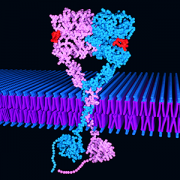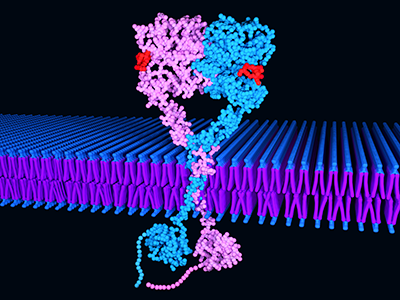New report advances improved way to diagnose kidney disease

The findings outline a new race-free approach to diagnose kidney disease, recommending the adoption of the new eGFR 2021 CKD EPI creatinine equation.
Patients with kidney disease will benefit from an improved approach, according to a new report.
The findings outline a new race-free approach to diagnose kidney disease, recommending the adoption of the new eGFR 2021 CKD EPI creatinine equation. This calculation estimates kidney function without a race variable. The report also recommends increased use of cystatin C combined with serum creatinine as a confirmatory assessment of eGFR or kidney function.
The effort is being spearheaded by a team of national nephrology experts that includes Marva Moxey-Mims, M.D., chief of the Division of Nephrology at Children’s National Hospital.
“This final report is important in recommending a uniform approach to the calculation of eGFR without the inclusion of race,” Dr. Moxey-Mims says. “This will avoid a piecemeal approach where eGFR is calculated differently at different health care facilities, potentially causing confusion.”
The final report, published in the American Journal of Kidney Diseases and the Journal of the American Society of Nephrology, was drafted with considerable input from hundreds of patients, family members, medical students, clinicians, scientists, health professionals and other stakeholders. This will help achieve consensus for an unbiased and most reasonably accurate estimation of GFR so that laboratories, clinicians, patients and public health officials can make informed decisions to ensure equity and personalized care for patients with kidney diseases.
“Patients, professionals and other stakeholders can have confidence in this estimate that is relying solely on biologic measures. Hopefully, these can evolve even further as the science progresses,” Dr. Moxey-Mims says. “My hope is that health systems and labs will adopt these changes expeditiously.”





